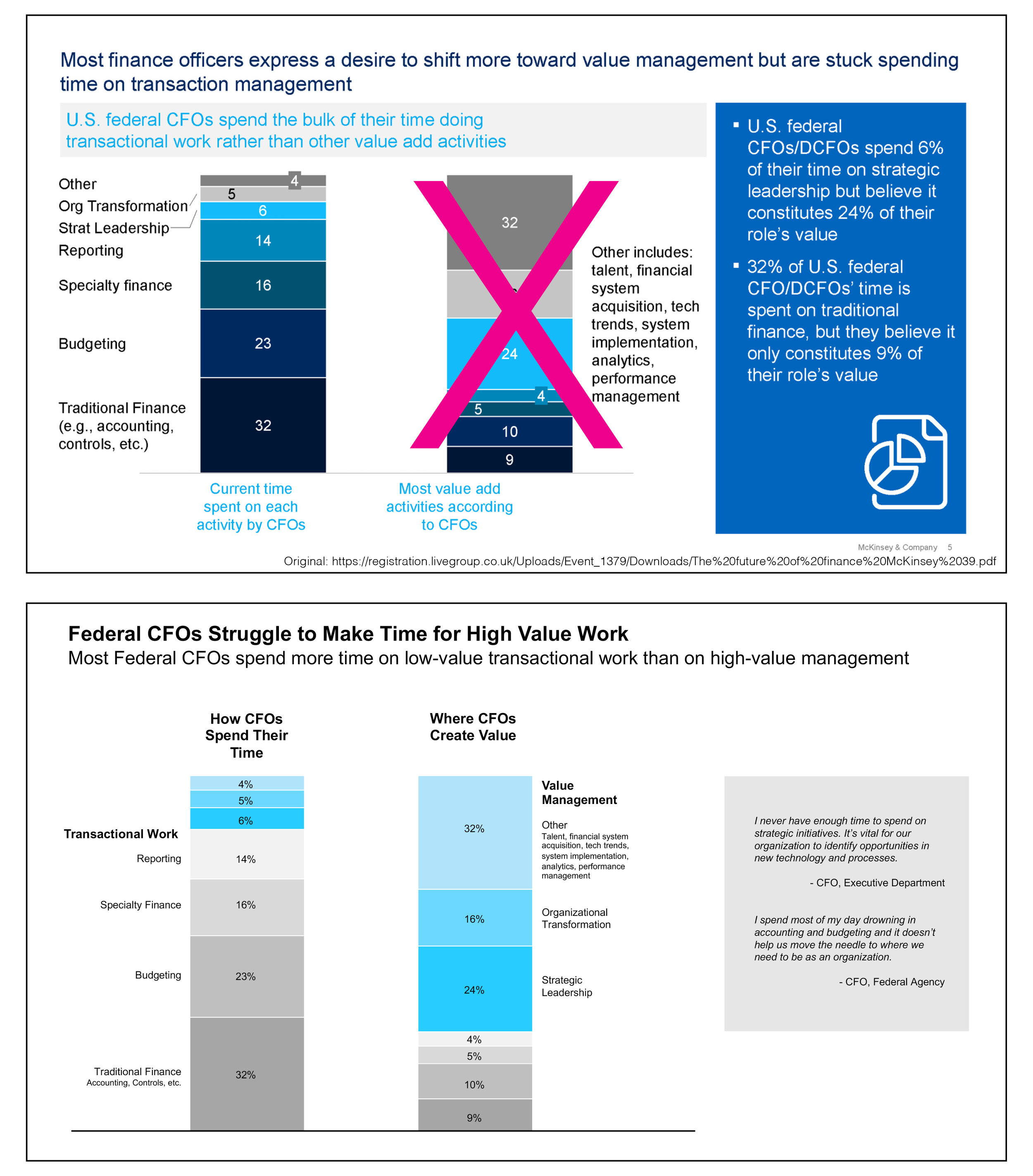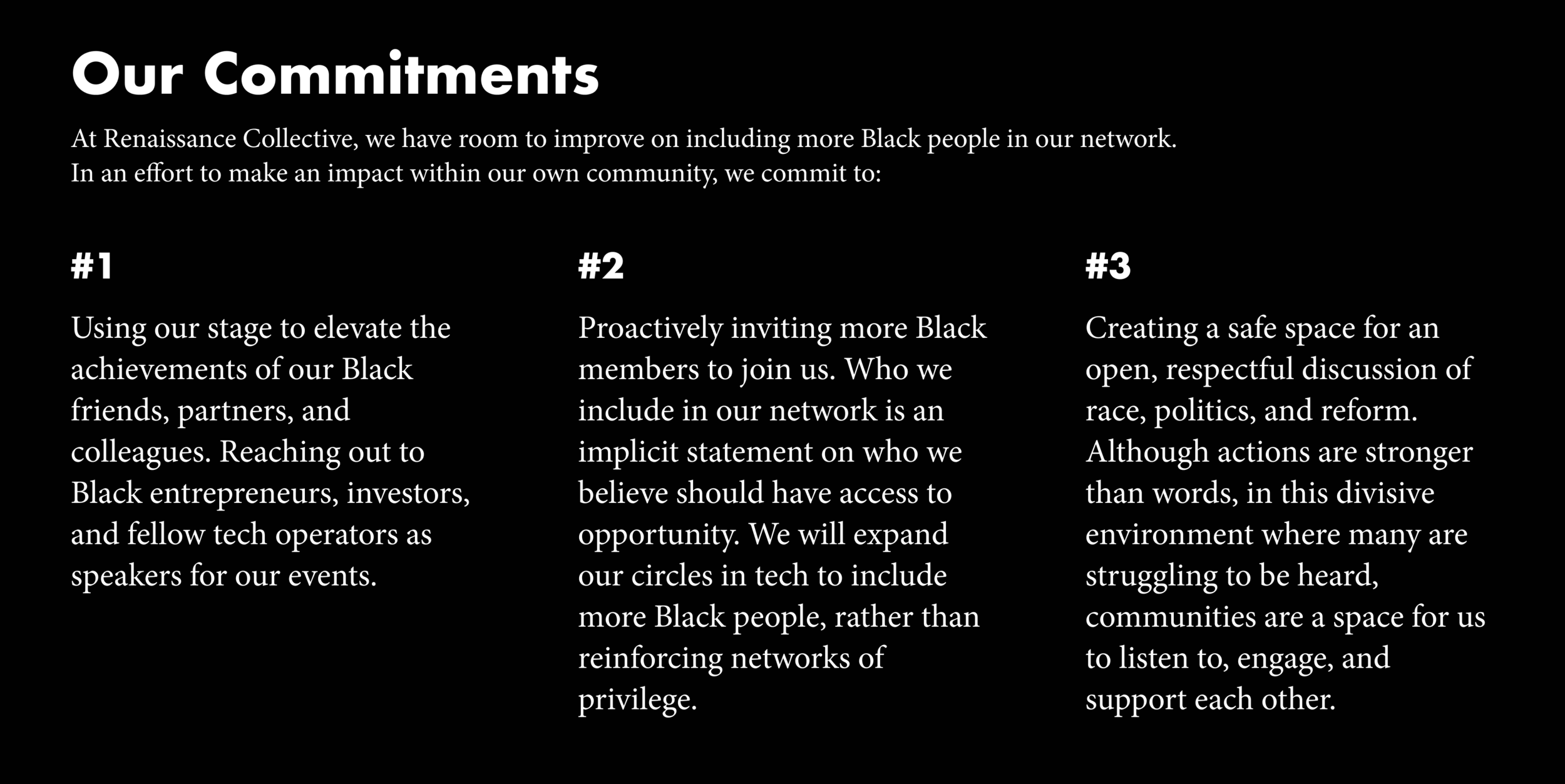By Jen Yip
A few weekends ago my husband and I drove up to Healdsburg to have lunch with two very good friends — the friends who in fact, several years back, officiated our marriage. We hadn’t seen them in over a year. As we soaked up the warmth of good company and the late afternoon sun, Joe leaned back in his chair and observed, “people are the sweetness of life.” He was right. Life, in that fleeting moment, was indeed sweet.
I’m struck by how simple the recipe is for the things that bring us joy. The sweet malt scent of freshly broken bread, that rare short-sleeved day in California mid-January, a lazy Sunday afternoon, and, above all, a hearty meal shared with good friends.
I want to take this opportunity to reflect on how we’ve come together over the last year at RenCo, and to set context for how we intend to grow moving forward: by investing more in and practicing creativity with the people in this community.
How we come together at RenCo: Some observations
Over the past year and a half, we’ve run an unusual social experiment to create new friendships and discovered, simply, that when people come together, in whatever ways bring them happiness, meaningful connections are formed. Some examples that come to mind:
The Unblocker session where we spent a couple hours talking about our hopes and fears for the state of our nation
The Teach Me where Kate Yuan taught us how to talk to someone about suicide, sharing her own experience
The time one of our members got laid off and everyone got together to buy him a miniature mushroom farm
When JLai helped Ally buy and set up a new road bike after she fractured her foot running
The Teach Me where Matt Dunn talked about what it’s like to care for a dying parent
These moments are the sweetness of community. Through these interactions, many of us have organically grown to trust and respect each other. That these connections are largely, if not entirely, virtual, that we can even make friends in this strange time without ever having met in person, feels magical.
Building together instills a sense of belonging
We initially hypothesized that a high bar of curation in building a community of smart generalists encourages trust and a sense of belonging. We created a rigorous admissions process in service of identifying the best and brightest problem solvers, communicators, and thinkers. Our hope was that members of a top-tier community would feel comfortable extending their personal networks and new opportunities to each other.
What we’ve learned, however, is that curation is only the first step to cultivating belonging. For a community to work, people have to come together with a shared sense of purpose. At RenCo, we don’t force a shared sense of purpose by requiring that our members connect in a certain way. We don’t have a set curriculum or a right way to RenCo. We’ve run an experiment without dictating structure, hierarchy, or rules for engagement and we’ve let the energy of our members draw us into meaningful exchanges. We’ve seen people step up as leaders and organize events that feel like natural extensions of their personalities. Perhaps most notably, what we’ve found is that the members who form the strongest connections through RenCo are those that build with each other. Our shared purpose comes from how we empower each other to create together.
Co-creating has many benefits. When we create with each other, we get insight into ‘working’ together. We see how others think, how they run meetings, how they present themselves publicly, we glean their curiosity, creativity and passions. Co-creating produces artifacts of collaboration that we are deeply proud of — both tangible (videos from our speaker series and co-written blog pieces) and less tangible (minds changed or expanded on controversial issues). And of course, by co-creating, one develops relationships — real friendships — that give rise to serendipitous opportunities.
As generalists, many of us carve nonlinear career paths, in which the best and most interesting opportunities come through friends who trust and respect us, and can vouch for our abilities. A warm intro beats a cold email, but a warm intro coupled with high signal from someone who has witnessed your creativity, organizational prowess, and leadership, is one of the most powerful differentiators generated through the process of co-creation. As opposed to traditional networking or social media self-advocacy, co-creating allows you to showcase skills by actually building things, with others, proving a skill rather than the promise of one.
We’re not directly focused on helping each other find new jobs at RenCo, but we’ve seen it happen many times already. We’ve seen members share opportunities, extend intros to their networks, invest together, and even hire each other as a natural extension of getting to know, appreciate, and respect one another. But perhaps most importantly of all, building together is one of the most authentic ways of instilling a sense of belonging. “I made this here with you, for us.”
So what does this mean for me and the future of RenCo?
Our mission remains unchanged — we exist to build bridges for smart generalists. But we are going to double down on co-creating activities that build the most meaningful bridges. With this in mind, we invite you to create with us, in whatever way that brings you joy.
At RenCo, we want to co-create a feast of activities that connect us in meaningful ways to each other. This is our vision for how we build bridges. We are a community of dabblers, and lifelong learners and we believe that everyone in RenCo has what it takes to lead, build, and organize. Indulge your creativity and use this as a space to explore new ways of bringing people together.
How we support each other as a collective
Our collective can help you create by:
Providing you with a sounding board and laboratory for ideas. We constantly send each other links to tweets or articles we’ve read that may spark an idea for an event. We engage in conversations about ideas, trends, or companies we find interesting -- and in these conversations we poke, prod, and challenge each other to be deeper, clearer thinkers. Use our community as a lab to brainstorm and test the ideas that tickle your fancy.
Sourcing and connecting you with experts. We work together to find great guests for learning opportunities using the power of our combined networks and the RenCo brand as a calling card for warm intros.
Equipping you with our playbooks, templates, and best practices. We’ve done hundreds of events and activities. We will help you with outreach, marketing, event planning, moderating, managing an audience, and collecting feedback.
Supporting your vision every step of the way. We connect you to co-conspirators and help you find co-hosts in RenCo so you can divvy up the work of planning an activity. Being a leader, creator, and organizer doesn’t have to be a full-time job. We believe RenCo shouldn’t feel like work; it’s meant to be a fun ‘extracurricular’ that enriches all of our lives.
Giving you the opportunity to experiment in a lightweight, low-stakes, supportive environment. Creativity requires experimentation. It requires an environment where you can take risks and fail without fear of punishment. We encourage your wildest ideas: from farm tours, to cooking classes, to debates. And if something goes wrong, it’s just a learning experience for everyone. We believe in lightweight experiments as part of the process of finding your voice, and if, despite your best efforts and preparation, your club or event doesn’t go according to plan, we’re still here for you. This is the perfect community to try something new.
Giving you the stage and sharing our audience. Creating something that you feel represents the best of who you are and what you care about, and offering that up to the public is an incredible act of vulnerability. We make this less scary by surrounding you with peers who will collaborate with you through every step of the process.
If this all sounds good to you, you’re probably wondering how you start. An early leader of our community, Emily, simply invited us to go ice skating with her. The result? Many of us can now say we've ice skated with an Olympian figure skater. :) Emily — and so many other RenCo members this year — have set a culture of generosity here by leading through example and by bringing people together in ways that are unique to the talents they have to share with the world.
The possibilities are endless; we’ve seen our members organize Ideas Jams, poker lessons, salons, Operators You Should Know sessions, gift exchanges, book clubs, baking classes, talent shows, and TeachMes.
It is in moments of giving and supporting each other, and building together, that we learn from one another, and find our tribes. Keep it simple: show up, be curious, and look for unconventional ways to delight each other. You will make friends, find people you want to work with, or invest in, and conversely, you will find people who want to do the same for you. Life will taste sweet.
If all of this resonates with you and you’re excited to join us, fill out an interest form here and we’ll reach out to you!
=====
PS Joe and his wife Rachel – the friends I mentioned at the beginning of this story — connected me with my first full-time startup opportunity several years ago. And, as things come full circle, Josh, one of the founders of that startup, is now a RenCo member. <3
=====
In typical RenCo fashion, this piece was a collaborative effort. I'm grateful to Alizeh Iqbal, Stan Chen, Henry Su, David King, Robby Huang, Sarah Goomar, Ally Markovich, and Valentin Hernandez for reading and commenting on earlier drafts of this.





